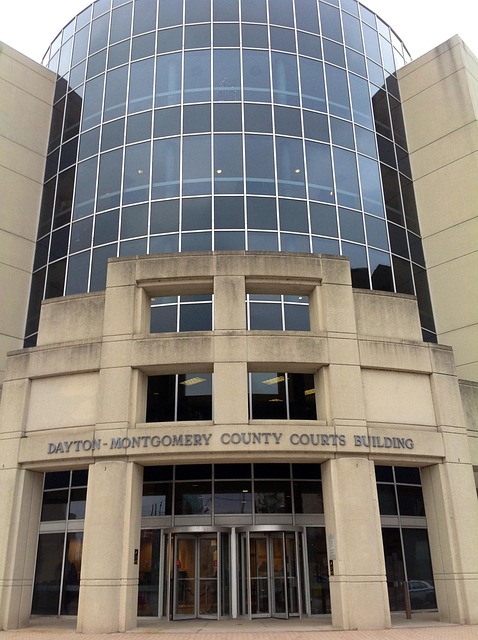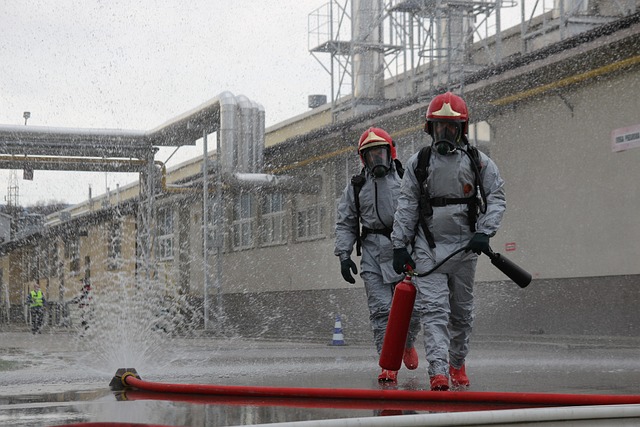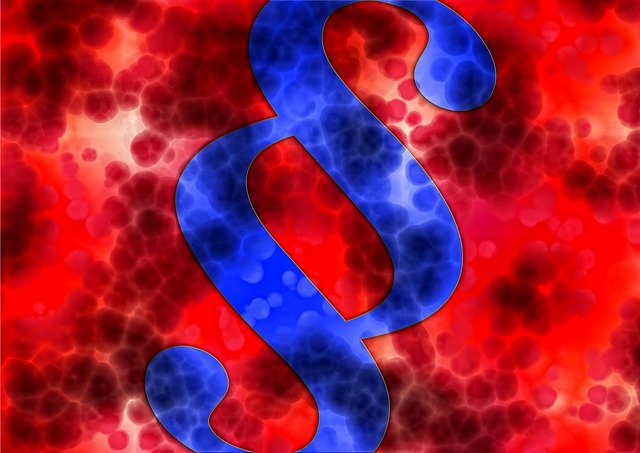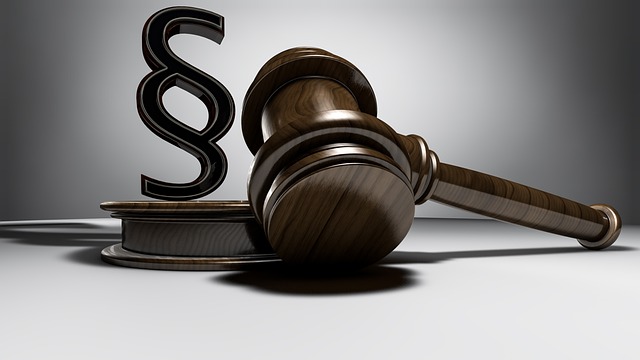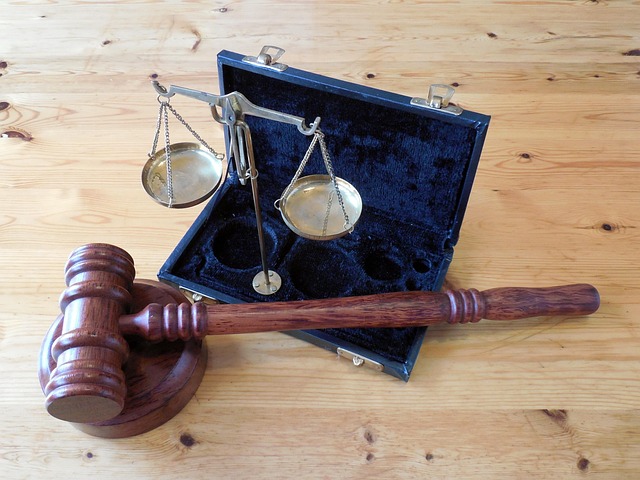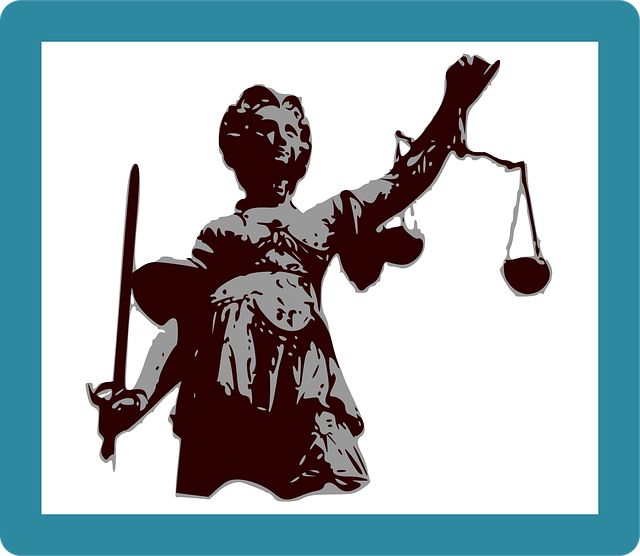Slip and fall incidents, caused by hazardous conditions like slippery floors, can lead to severe injuries and legal repercussions. Victims seeking slip and fall compensation need to understand complex factors including property maintenance, jurisdiction-specific laws, and insurance policy coverage. Damages can be categorized as physical (broken bones, bruises), emotional (anxiety, PTSD), and economic (medical bills, lost wages). Relief options include medical bills, lost wages, property damage, pain and suffering, loss of quality of life, and permanent disabilities. Legal counsel is crucial for negotiating settlements and avoiding prolonged litigation.
Slip and fall incidents are a common source of personal injury, leading to significant legal implications. Understanding these cases requires delving into diverse types of damages, as victims may suffer from physical injuries, emotional trauma, and economic losses. This article guides you through the intricacies of slip and fall compensation. We explore common scenarios, categorize different types of injuries, and navigate the available relief options, ensuring a comprehensive overview for both legal professionals and those seeking redress.
- Understanding Slip and Fall Incidents: Common Scenarios and Legal Implications
- Categorizing Damages: Physical, Emotional, and Economic Injuries
- Navigating Compensation: Types of Relief Available in Slip and Fall Cases
Understanding Slip and Fall Incidents: Common Scenarios and Legal Implications
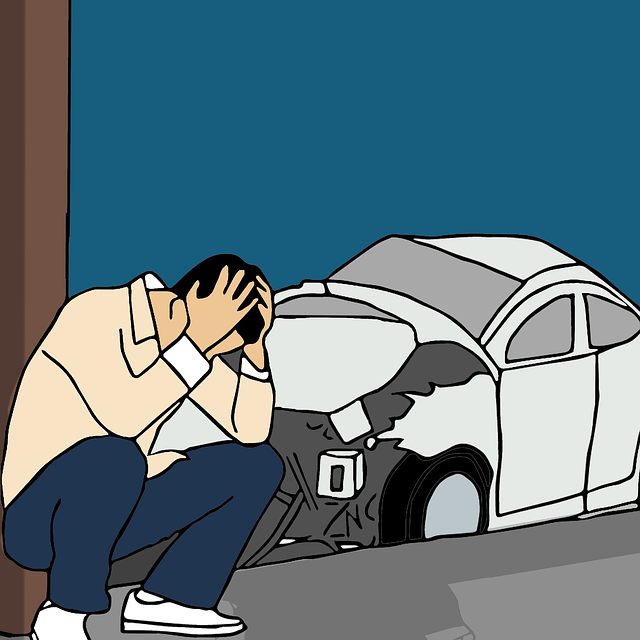
Slip and fall incidents are common occurrences that can lead to significant injuries and subsequent legal implications. These incidents often happen due to hazardous conditions, such as slippery floors, uneven surfaces, or poorly maintained properties. Understanding the nuances of slip and fall cases is essential for both victims seeking slip and fall compensation and legal professionals navigating these complex scenarios.
Many situations can contribute to a slip and fall incident, from commercial properties with inadequate warning signs to residential areas where homeowners neglect their property maintenance responsibilities. In personal injury law, the legal implications vary based on jurisdiction but generally involve determining liability. For instance, if a business owner fails to address known hazards or a homeowner is negligent in maintaining their premises, they may be held accountable for any resulting injuries and related medical expenses through slip and fall compensation. Even scenarios involving older individuals, often termed elder abuse cases, can fall under this category when the victim slips and falls due to environmental factors. Additionally, insurance disputes often arise from these incidents, with policies varying in coverage and exclusions, further complicating the pursuit of slip and fall compensation.
Categorizing Damages: Physical, Emotional, and Economic Injuries
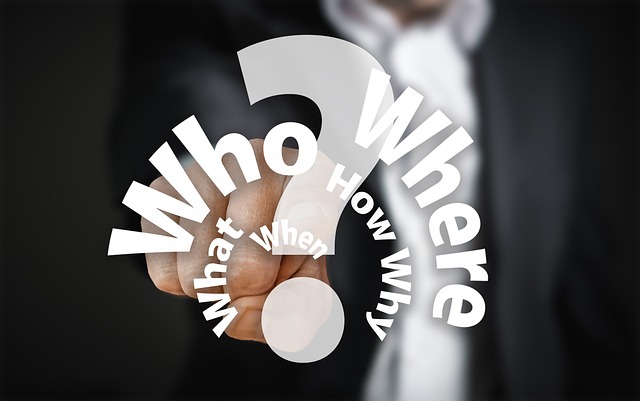
In slip and fall compensation cases, categorizing damages is a crucial step in ensuring fair and adequate redress for victims. Damages can be broadly classified into three main categories: physical, emotional, and economic injuries. Physical injuries encompass the immediate and tangible effects of the fall, such as broken bones, cuts, and bruises. These often require medical treatment and can lead to long-term physical limitations or disabilities, impacting an individual’s ability to perform daily tasks and engage in activities they once enjoyed.
Emotional distress, though sometimes overlooked, is another significant aspect of slip and fall cases. Victims may experience anxiety, depression, fear, or post-traumatic stress disorder (PTSD) as a result of the incident. These non-physical injuries can be equally debilitating, affecting mental health and overall quality of life. Economic injuries refer to the financial losses suffered by the victim, including medical bills, lost wages due to incapacitation or time off work, and potential future earnings if the injury impacts their ability to continue working. In slip and fall compensation cases, understanding these categories helps in accurately assessing and claiming damages, ensuring that victims receive a fair settlement that accounts for both immediate and long-term consequences of their injuries.
Navigating Compensation: Types of Relief Available in Slip and Fall Cases
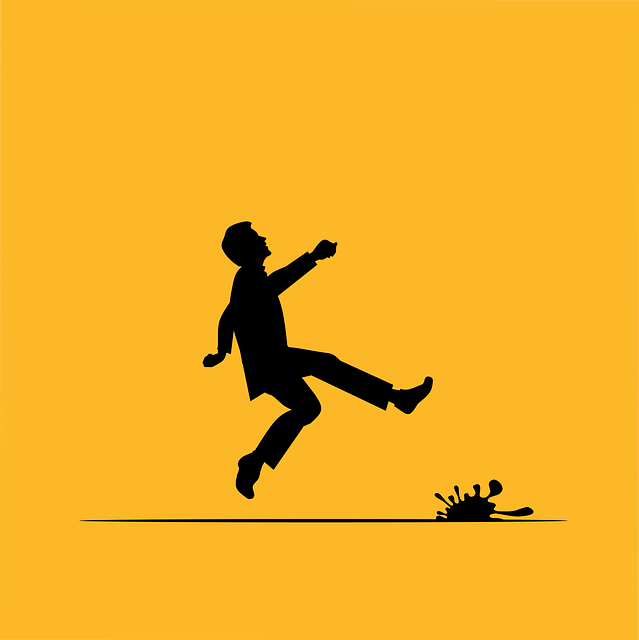
In slip and fall compensation cases, navigating the available relief options is crucial for ensuring thorough and just redress. Victims may seek various forms of damages to account for the physical, emotional, and financial impacts of their injuries. This includes economic losses such as medical bills, lost wages, and property damage assessments. Non-economic damages, like pain and suffering, loss of quality of life, and permanent disabilities, are also compensable, aiming to restore victims to their pre-accident condition.
Different scenarios may lead to distinct types of relief. For instance, if a slip and fall is due to a clear breach of contract or negligence on the part of a property owner or manager, accident compensation can cover not only immediate medical needs but also long-term care and rehabilitation expenses. In partnership disputes arising from such incidents, legal counsel may help negotiate settlement agreements that ensure fair compensation for all parties involved, preventing prolonged litigation often associated with complex cases like these.
Slip and fall incidents can lead to various types of damages, making understanding the legal implications and available relief crucial for victims. By categorizing injuries as physical, emotional, or economic, individuals can navigate their slip and fall compensation cases more effectively. This knowledge empowers them to seek appropriate remedies, ensuring they receive fair and just reparation for their suffering and losses.
